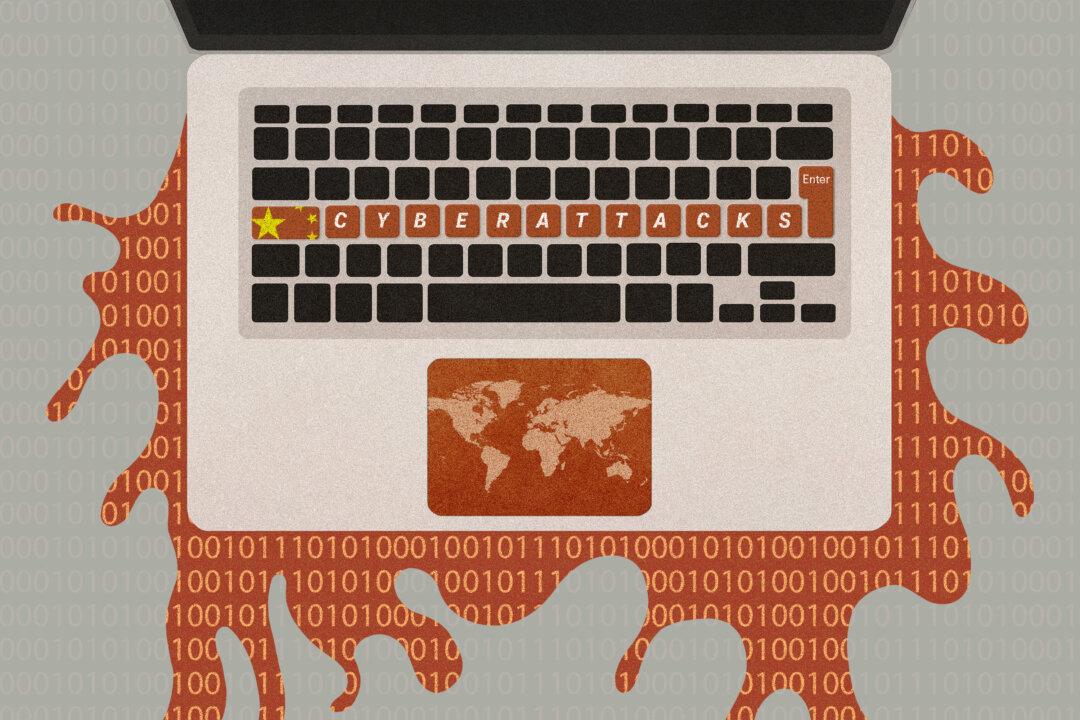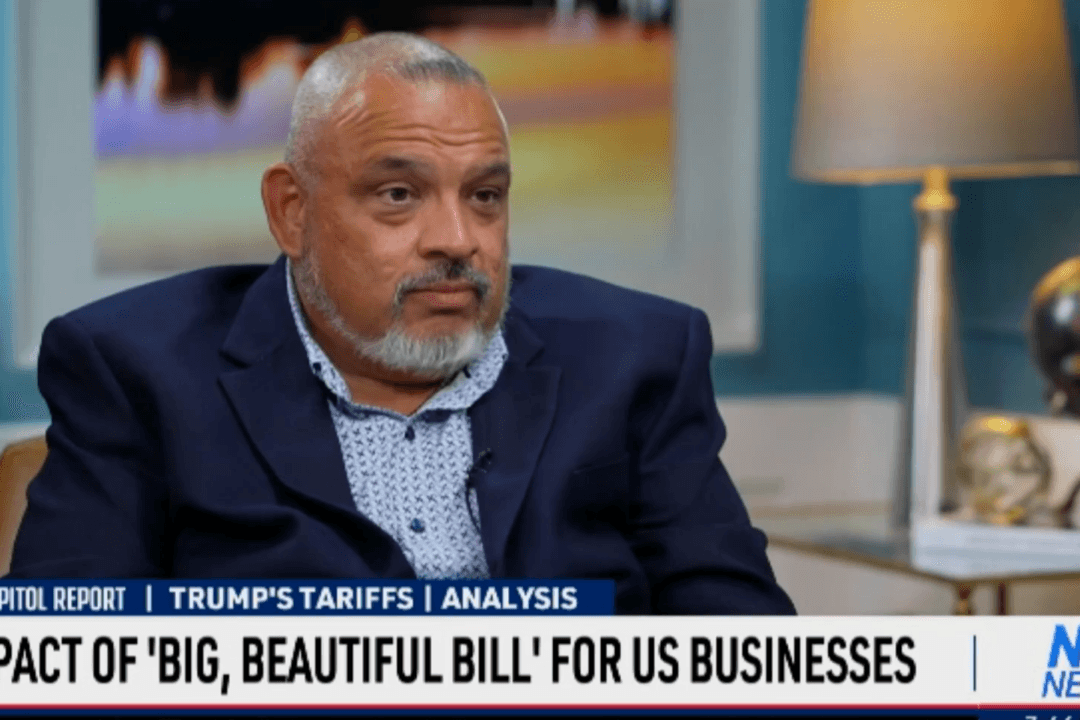Lori Robinson remembers patting her 23-year-old son Shane Robinson on the knee, trying to comfort him. He was hallucinating, out of his mind, and had tried to jump out of the moving car; he seemed and sounded completely unlike himself.
She asked, “Did you take any drugs?”






